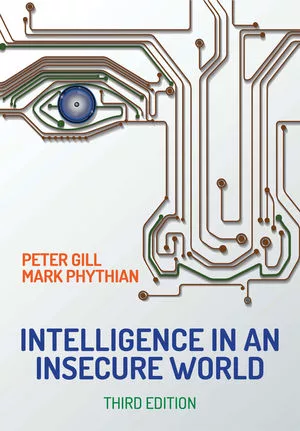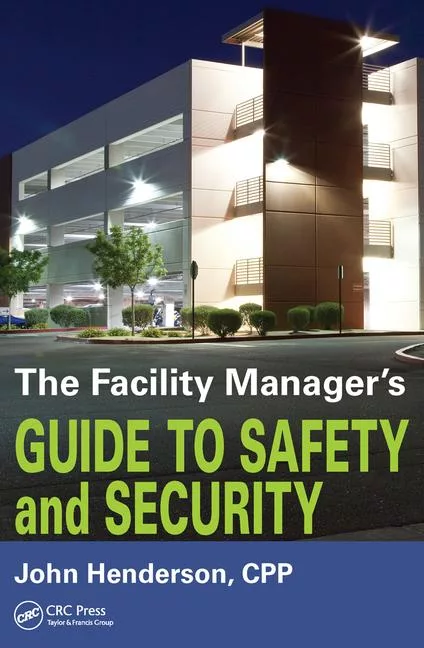47% of the World’s Credit Card Fraud Happens in the US
According to a new report from Barclays, 47% of the world’s credit card fraud happens in the United States, even though Americans only account for 24% of the total credit card volume.
The report says, "The increasing instances of credit-card fraud—and the subsequent hassles, like not being able to use our credit cards or having to replace them more often—are mostly due to the fact that the US still relies on old, faulty technology that the rest of the world moved on from years ago."
"In the US, credit cards still transmit financial information through a magnetic stripe that is easy to replicate if stolen. Hackers also can remotely install malicious software onto checkout terminals at retail stores to capture credit-card numbers. The data gets transmitted to the cyber criminals, who then sell the information to the highest bidder. These tactics doesn’t work as well in the rest of the world, where most credit cards are now embedded with little chips (often referred to as EMV, for Europay, MasterCard, and Visa) that are more secure because they randomly assign a number to each transaction that changes each time customers use their credit card. Users must also input a personal identification number to verify each purchase," the report notes.
The technology is not totally bulletproof (paywall) and other problems exist that lead to credit card fraud. But it’s pretty telling that the adoption of EMV chip-and-pin technology in the UK, which began all the way back in 2003, has led to a 70% reduction in counterfeit fraud in the UK over the past decade, according to Barclays.
The rest of Europe (which now has an 81% adoption rate of the new cards) and countries like Australia and Russia have followed suit. But the US has been slow to adopt the chip-and-pin technology. "Naturally, fraudsters have focused their attention on the US, where it’s just easier to hack into retailers’ checkout terminals and steal millions of their customers’ personal information," Barclays noted.
“Further evidencing the migration of fraud to markets that have not yet deployed EMV, fraud on UK-issued cards acquired outside of the UK tend to be heavily skewed to the US, representing 20-25% of fraud on UK issued cards used internationally from 2010 to 2012,” the Barclays report notes.
"By the end of this year, retailers will be required by credit card companies to have upgraded their checkout terminals to accept the new cards—or bear the liability for fraudulent card transactions," Barclays said.
http://qz.com/411000/americans-are-by-far-hackers-favorite-credit-card-fraud-targets/
Looking for a reprint of this article?
From high-res PDFs to custom plaques, order your copy today!




.webp?height=200&t=1700061732&width=200)

